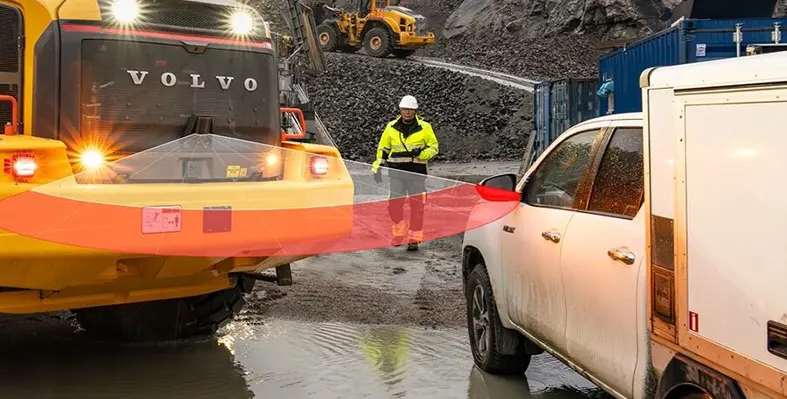In collaboration with Technical Review Middle East and African Review, Liebherr has released a comprehensive industry outlook exploring how mining, construction, logistics, and energy sectors across Africa and the Middle East are undergoing rapid transformation.
The study highlights the urgent need for these high-risk industries to raise productivity, improve safety, and strengthen infrastructure against increasingly complex challenges. From isolated mining operations in central Africa to fast-growing urban hubs in the Gulf, businesses must contend with volatile regulatory conditions, extreme climates, and infrastructure gaps.
Liebherr’s latest report underlines how its broad portfolio of machines, including cranes, excavators, mining trucks, and material handling systems, is engineered to deliver consistent performance under such demanding circumstances. With a strong focus on safety systems, digitalisation, and sustainability, the company is helping customers minimise downtime, cut emissions, and maintain resilience.
Inside the report:
-
Explore how Africa and the Middle East are reshaping high-risk industries through large-scale infrastructure, mining, and logistics projects.
-
Learn from case studies demonstrating how Liebherr technology supports major developments, from new port facilities to rail corridors and airport expansions.
-
Gain insights into Liebherr’s investment in local skills through regional service hubs, operator training, and technical development programmes.
-
Discover how next-generation solutions, such as connected fleet management, automation, and digital monitoring, are giving companies greater control over complex operations.
-
Understand the company’s sustainability roadmap, which includes fuel-efficient engines, partial electrification, and eco-driving practices designed to lower carbon footprints.
-
See how long-term partnerships with local distributors and contractors are enabling businesses to adapt, innovate, and grow sustainably across the region.
Positioned as both a supplier and a strategic partner, Liebherr emphasises that progress in high-risk industries depends not just on machines, but on knowledge transfer, innovation, and collaboration.
This exclusive report offers valuable insights for decision-makers, providing a roadmap for navigating operational risks while driving industrial growth across Africa and the Middle East.






 Safety is non-negotiable. Volvo’s next-gen loaders come equipped with:
Safety is non-negotiable. Volvo’s next-gen loaders come equipped with:


